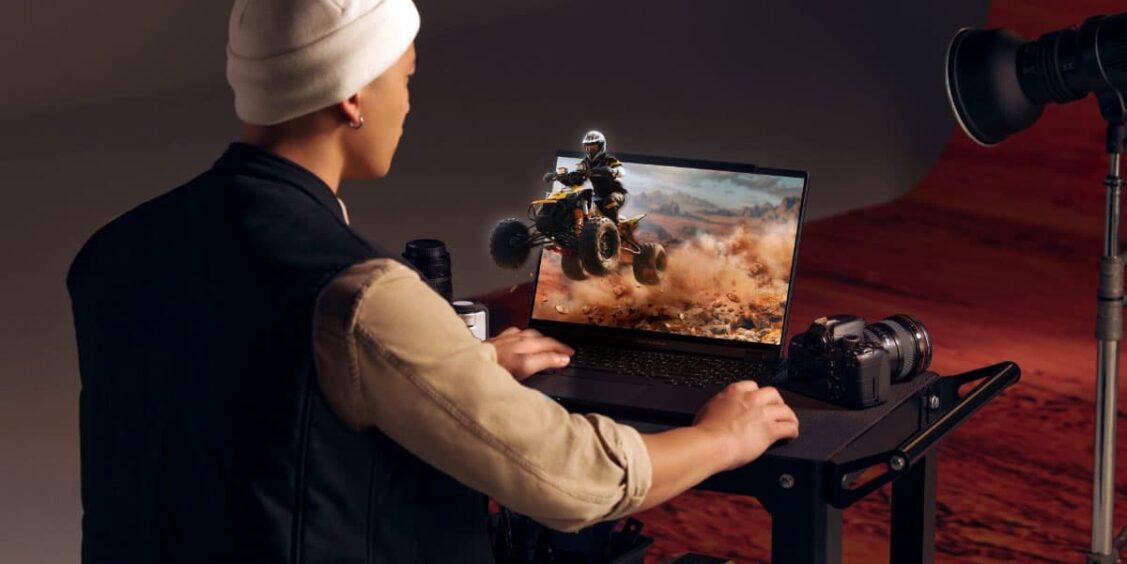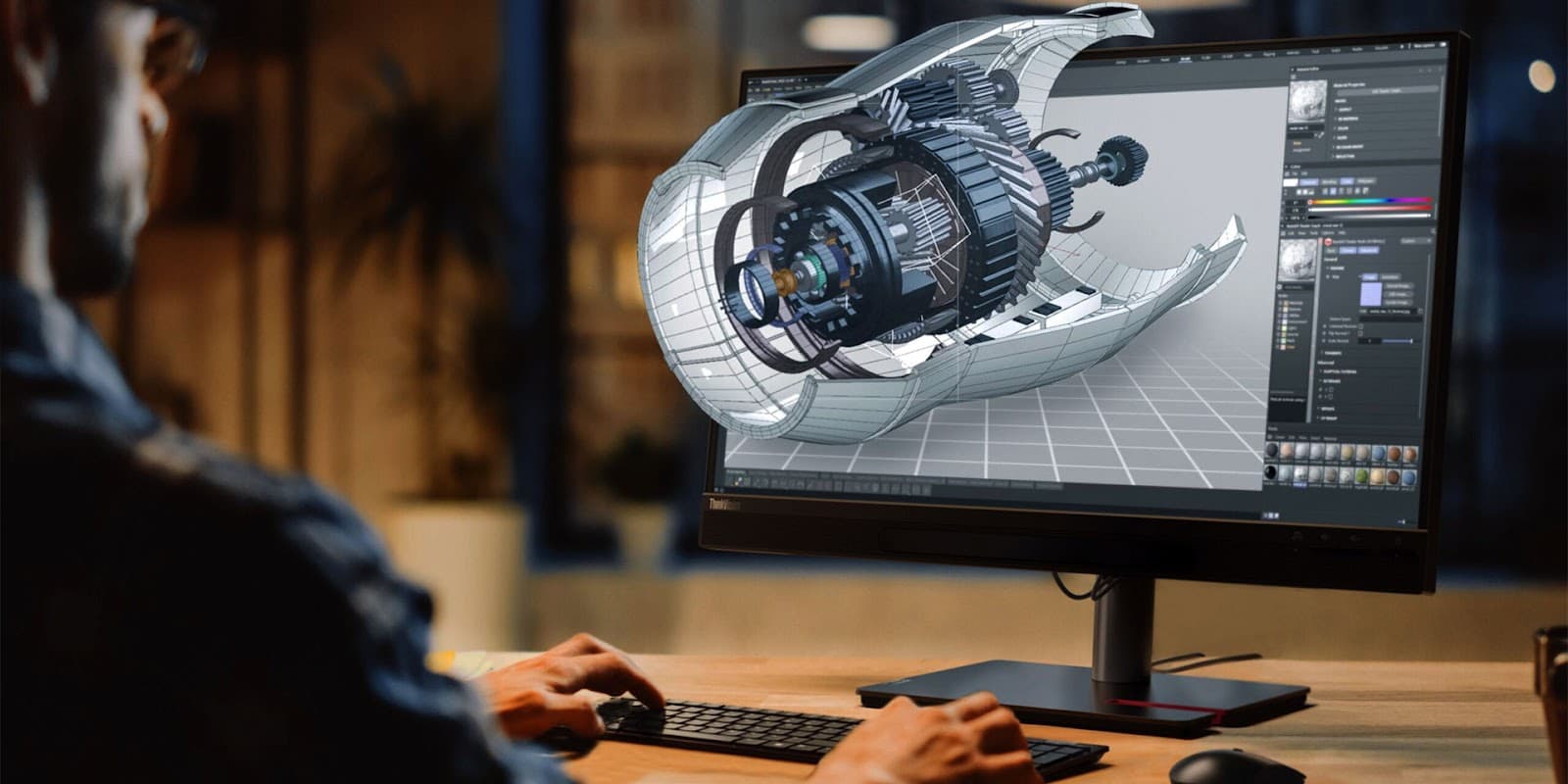3D Video in Entertainment: A Look at 3D Movies, Gaming, and Virtual Reality
The cinematic 3D effects we see in movies and video games these days are just mind-blowing! As technology continues to advance rapidly, entertainment is becoming more and more immersive and lifelike. From blockbuster films to popular video games, the addition of 3D has completely changed the viewer experience, making us feel like we’re part of the action.
So, as we step into the future, let’s embrace this journey where cinematic 3D effects are not a part of the story – they ARE the story.
3D Movies
Yes, technology doesn’t stand still, and the old 3D movies with funny red and blue glasses are already a thing of the past. These early stereoscopic films were pretty basic but nonetheless mind-blowing at the time. People used to flock to the theaters just to experience that ‘stuff popping out at you’ effect. It was more of a fun and exciting novelty back then.
Fast forward a bit and technology started to get seriously cool. We moved away from those headache-inducing glasses to those slick, polarized ones. The images became crisper, and the depth more realistic. Stepping into a whole new world, 3D movies were no longer a gimmick. They became a way to enhance storytelling and draw viewers deeper into the film’s universe.
The real game-changer was the leap to digital 3D. The quality just skyrocketed. Filmmakers now use sophisticated cameras and CGI to create stunning 3D effects that are smooth and natural. Plus, they have all these techniques to play with depth and perspective, making the experience more immersive.

Challenges in 3D filmmaking
Making 3D movies sure isn’t easy. Even though the visual effects in 3D movies look amazing, filmmakers face many difficulties when working with three dimensions. Firstly, shooting in true 3D necessitates using specialized cameras that replicate binocular vision by having two lenses spaced apart, similar to human eyes. This makes filming way more complex logistically. You need a bigger equipment budget, a more sophisticated setup on set, and fancy 3D monitors to see what you’re shooting!
Post-production also gets seriously complicated with all the 3D rendering and conversions that need to happen digitally. This requires advanced computing power and often lengthy render times as millions of pixels are processed. And we can’t forget about the audience viewing experience! Avoiding viewer discomfort means filmmakers have to be careful about how they composite shots and transition between depths. Things like rapid movement or shaking the camera too much can strain people’s eyes over time. Most 3D flicks need to dial back the effect in places to give audiences a break. No one wants their big 3D movie spectacle to end with the viewers needing Advil and motion sickness meds.

The gaming revolution
I remember the days when gaming was all about 2D sprites and side-scrolling adventures. And for me, it was hard to realize that those days are like a retro memory now. 3D gaming has burst onto the scene, and it’s changed the way we play games forever.
3D game technology has come an insanely long way since the crude polygons of early titles, too. These days, modern games are photorealistic, with intricate physics, particle effects, and lighting that looks indistinguishable from reality. And don’t even get me started on VR! Strap into a headset, and you can freely look and move around 3D environments that are responsive to spatialized sound. It’s bananas. So much about modern games is meticulously crafted to take advantage of stereoscopic 3D for jaw-dropping worlds we can get lost in.
3D gaming: advantages and challenges
Undoubtedly, 3D games offer an unparalleled level of immersion and interactivity, elevating the gaming experience to new heights. The stunning visuals and lifelike environments created by 3D graphics provide a sense of realism that 2D games can’t quite match. The added depth and dimensionality make gameplay more intuitive and exciting, drawing players into a world where anything is possible. However, the complexity of developing 3D games cannot be ignored. From creating intricate graphics to ensuring compatibility across multiple platforms, game designers face a myriad of challenges. The additional data required for 3D models and environments can also be a daunting task.
And let’s be real: optimizing for each platform is no easy feat. It requires a careful balance of tweaking and tuning to ensure the greatest possible gaming experience for everyone, from PCs to consoles. But when it’s done right, the result is pure gaming euphoria. So, let’s give a thunderous round of applause to these masterful developers who are taking us on the adventure of a lifetime!
The future of 3D entertainment
Even with the headaches (sometimes literally!) of working in 3D, the entertainment industry isn’t showing any signs of ditching the third dimension. If anything, the future of 3D entertainment looks brighter than ever, thanks to some exciting new tech on the horizon!
Advancements in 3D filmmaking, like light field cinematography and holographic displays, could seriously step up movies’ realism game. Directors will be able to play with multifocal planes and simulate real depth perception more convincingly. And 3D video games are getting better and better as graphics processing power ramps up. I mean, just compare the PS1 era to today’s photorealistic titles! The level of immersion is worlds apart. Add in VR headsets, which are finally gaining some traction for gaming and movies, and we can expect 3D worlds that blur the lines between fantasy and reality.
There’s still one hurdle that 3D gaming needs to overcome before it becomes a hit for everyone – motion sickness. Yeah, some folks may feel a bit queasy when they explore the world of 3D. But with all the crazy advancements happening lately, the future of 3D entertainment is looking super promising!





